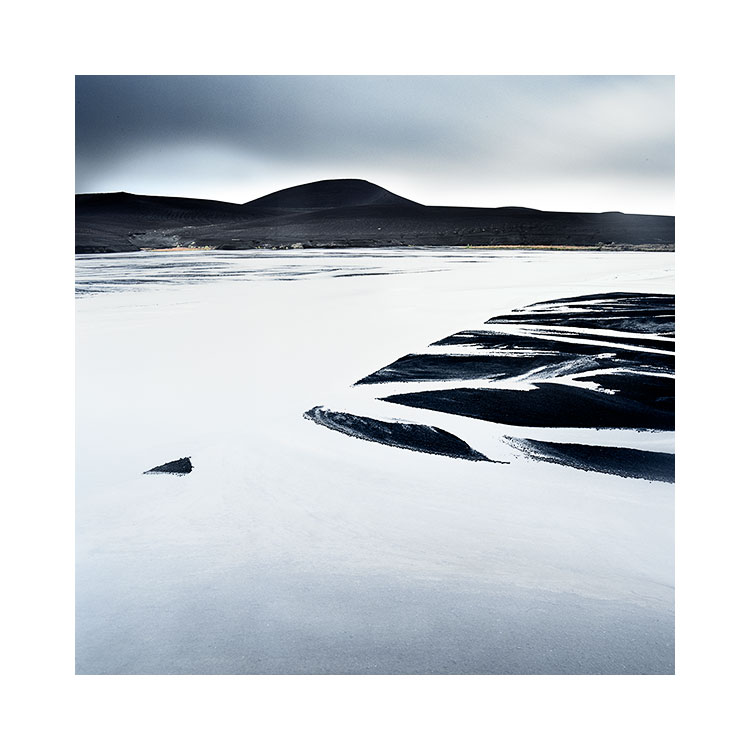Over the years of running workshops, I’ve had to do a lot of thinking about the ‘why’s. Why are some compositions good, while others are bad? For example.
One of the ‘why’s I’ve had to think long and hard about is the ‘why do we do photography in the first place?’. I think the answer is different for everyone out there. Even though I think it ‘should’ be simply ‘because we enjoy it’. But I don’t think the answer is as clear as that, or the only one out there.
We all do photography for different reasons. Some of us do it because there is an inner artist that just wants to create new things. I think this is where I come from: I see photography as a creative endeavour and one which allows me to show my own voice. But for others, being an artist may not even come into it. It could be a simple past-time, something that gives enjoyment for nothing more than itself. There is no desire to exhibit or complete work. Instead, the pursuit, the simple act of going out there into the world to make photos is enough. It’s certainly something I admire as I personally wish I was more inclined to be that way, than where I am today.
Running a small photography business like mine, means that it’s important that my work has some interest for an audience. I make my living from running workshops and tours, and people come with me because (hopefully anyway) they like what I do, and want to share in going to places that share the same aesthetics as my photographs. So there could easily be a pressure there on my part, to feel I have to deliver a set of good new images from time to time to keep my audience interested. I am lucky that I don’t feel that way: right now, I just create what I want to create, and luckily for me, there are others out there who like what I do. I’m very fortunate as I know this might not always be the case in the future.
So at the moment, my photography has become a very public thing. I use my work to help sell my tours and workshops and also my abilities as a photographic teacher. So my work has to be out there for others to see.
But I’ve come to realise lately, that I think photography is a very personal endeavour. It is something that, if I were not running a business, I would make my photography a private endeavour. Because I think that although some of us do hope to get kudos and praise from others, ultimately, we do what we do, for ourselves. It’s just for us.
I can envisage a time in the future, once I have retired, that I will be creating images, but I won’t feel the need to share them. You may think this to be crazy or just plain stupid. Why create the work, if no one is going to see it? Well, I think it’s ok to create work that no one is going to see. Because we create the work for our own enjoyment. I’ve certainly been made aware that even when others like what I do, they seldom like it for the same reasons I like it. So after a while, as much as it’s appreciated that others like your work, you realise that the thing that matters the most is how you feel about it. Everyone else’s viewpoint, as welcome as it is, is really secondary to the point. You do your work for yourself, and in that way, it can exist as something that has no purpose other than to be enjoyed in the making.
I think right now, we are living in times where kudos about our photography is taking too much attention from the actual act of just creating work. With so many platforms to share our work we can so easily get lost in a chase for higher like counts, or to win competitions. But the truth is, that the person who cares the most about your photography : is you.
I think I’m at a stage in my own work, that I’d really like it to be a private endeavour. I think I can do that by choosing which aspects of my work I would be happy in sharing, while maybe there may be a few projects each year that I keep for myself. I’m not sure you perhaps understand, but I think all artistic creative people need to keep a little back of what they do for themselves. You don’t have to show everything that you do, and I think there’s something deeply personal in keeping some of your more private work back.
We do photography for no other reason, than we do it for ourselves. Sharing is nice, but it’s not the real reason why we do it. Photography can be such a personal endeavour, with no need for other’s views about what we’ve done. We do what we do, for ourselves, and isn’t that enough?








